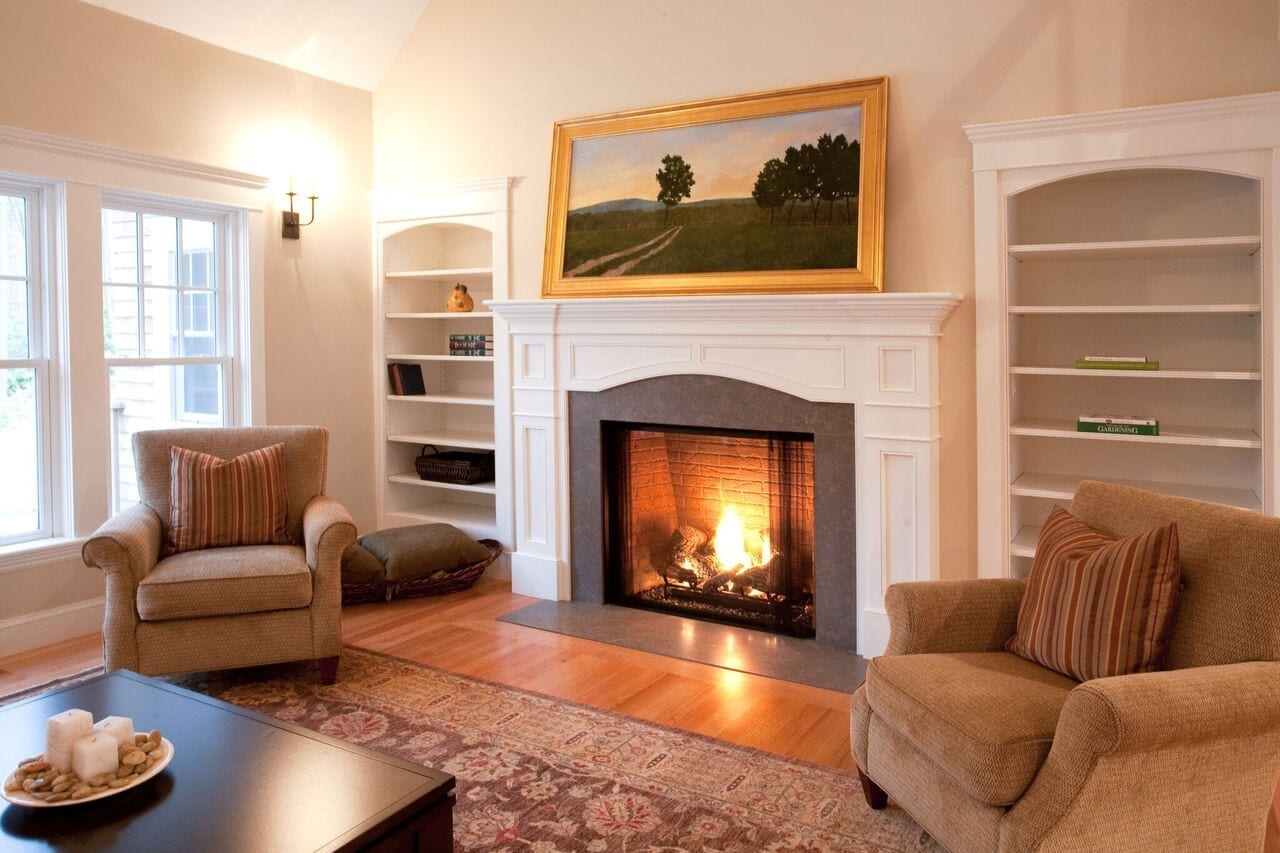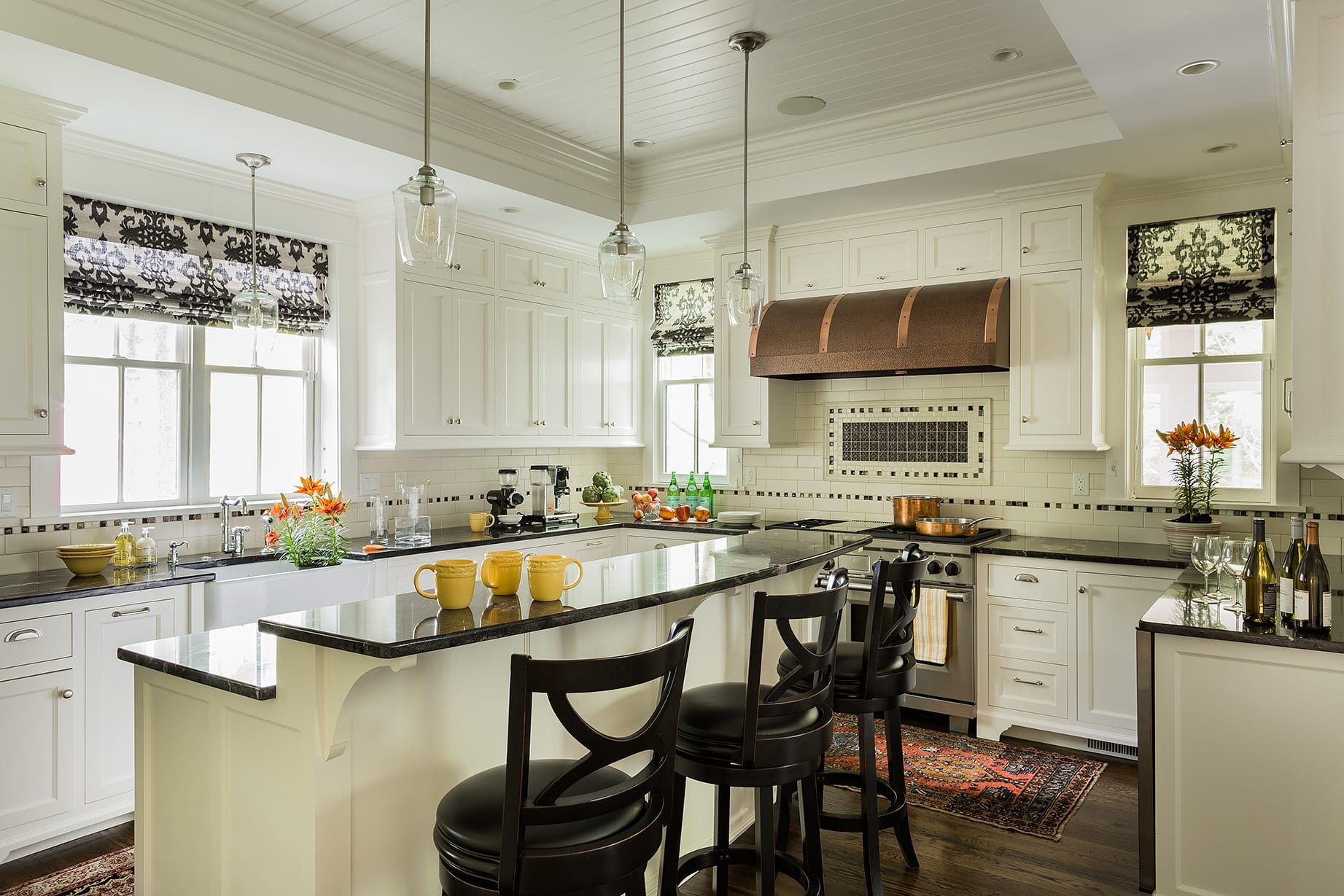On Episode 78 of The Edge of Innovation, we’re talking with Dan Frasier, co-founder of Cornerstone Commissioning Inc., about building control systems and continuous commissioning.

Hacking the Future of Business!

On Episode 78 of The Edge of Innovation, we’re talking with Dan Frasier, co-founder of Cornerstone Commissioning Inc., about building control systems and continuous commissioning.

On this episode of The Edge of Innovation, we are talking with interior designer, Amanda Greaves of Amanda Greaves and Company, about what it takes to be an interior designer.

On this episode of The Edge of Innovation, we are talking with interior designer, Amanda Greaves of Amanda Greaves and Company, about the competitive world of interior design.

Today on the Edge of Innovation, we are talking with Amanda Greaves of Amanda Greaves and Company, an interior design firm on the North Shore of Boston.

Today on the Edge of Innovation, we are talking with Benjamin Nutter from Benjamin Nutter Architects, an architectural firm based in Topsfield, Massachusetts, about technology and how it’s changing the architectural field.